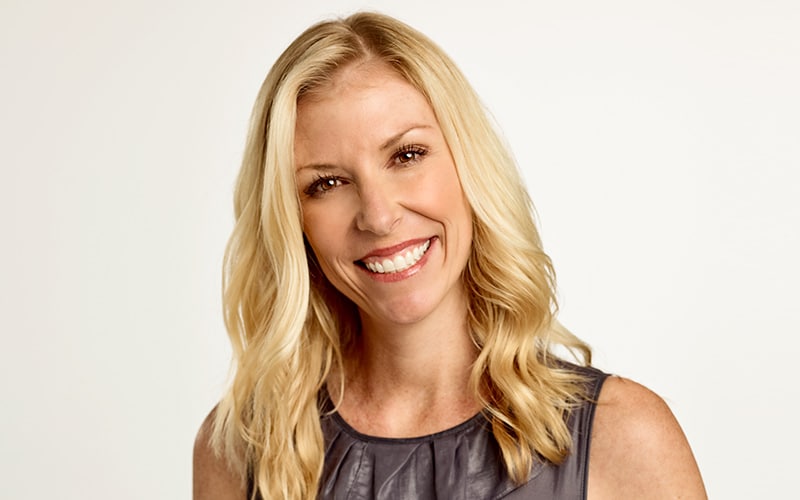Asking the Right Questions

How do you find and hold onto the real in a time of warring perspectives and deep fakes?
New economic and business models rise and fall, social movements evolve and take a different shape, media and entertainment alternately push culture ahead or slow progress.
Depending on your social location, these changes may appear good or bad, encouraging or threatening, restrictive or liberating.
How do you get to what’s real, and continue to respond as that reality inevitably shifts?
Ask the right questions of the right people in the right place at the right time. And then look at the results with an open mind and draw insights. Then do it all over again. And again. And again.
Why, in this era of Big Data, am I suggesting something as analog as asking questions? Big Data can yield useful information about what happened in the past. But it’s not always good at predicting the future.
Asking questions gets to Thick Data, the qualitative information. Thick data comes from observation of actual behavior rather than reported behavior. It comes from asking skillful questions of people. Thick Data gets to the “why” and “what’s next” that Big Data can miss.
Who you ask and how you ask is important. In marketing, we used to do consumer research by assembling a focus group in a room with a two-way mirror and asking questions. Then the responses would be collated and evaluated. Unfortunately, people don’t always tell the truth in front of a crowd. The folks who can show up to sit in a focus group have child care, transportation and all kinds of other privileges. Often the results were expensive, bland and obvious. “People like a beer on a hot day.” (An actual insight from a focus group.)
A couple of years ago I was working with my team to do some research on the buying habits of mothers because they are responsible for 85% of the household purchases in the US.
We reached out to traditional research companies and were given panels of affluent white mothers on either coast of the U.S. When we asked for more diversity, they said it would be prohibitively expensive.
So, we did it ourselves. And what we found was that the answers you get depends on who you ask. Which seems pretty obvious, but it’s something that marketers have struggled with for a long time, as have politicians, policymakers and pundits.
The Motherboard is now an online community with thousands of mothers in North America and Australia, and we’re expanding all the time. We have a diverse group in terms of race, economic status, sexual orientation, age, education, religious and political beliefs, and location.
Because a lesbian mother of three in Boston is going to have a different perspective than a single mother of one in New Orleans. The African American entrepreneur in Seattle with teenagers is going to shop differently than the twenty-three-year-old new mom of twins in Sydney.
What is surprising is how these women, across the board, contradict the conventional wisdom long established by those focus groups of old. Because - news flash – there is no conventional wisdom anymore. No group, particularly not mothers, stays static in their concerns and interests and intentions.
How does this apply to WEF and the 4th Industrial Revolution? We’re solving much bigger problems than how to sell shampoo or rebrand a snack.
But we still need to know what’s real right now. We are trying to build a better future. We still need to ask the right questions of the right people in the right place. We need to challenge the conventional wisdom.
If you are trying to innovate and expand on the real as it exists today to shape a new reality for the future, here are some ideas.
The right people:
Ask the people who will be impacted by the change you are seeking; whether it is the end user of a new water system or a type of plastic or a way of learning a new skill. Watch them use whatever they are using now. The more diverse your group the better your insights will be.
The right questions:
Ask them what they would like to see instead. What do they fear? Hope for? Dream of? What are their hacks and work arounds? Watch what they do and pay attention, for actual behavior is a better guide to the real than reported behavior.
In the right place:
When we were doing research on mothers and financial products, the responses of the Australian mums were quite different than their American counterparts. While the Australian women were talking about saving for a home, the American women talked about struggling to pay off student loans or afford health insurance and co-pays. The location, nationality and specific regional issues are critical to getting to the real.
The right time:
Ask questions early and often. Before you begin, as you are planning, when you have a prototype, when you are starting production, as you go to market.
The stakes are higher for what we are trying to do here than they are in marketing. And finding the real matters. “People who shut their eyes to reality simply invite their own destruction.” James Baldwin wrote that in “Stranger in the Village” in 1953. It is still true today. We can’t afford to shut our eyes to reality or be misled by conventional wisdom so we need to embrace new ways of asking questions.

